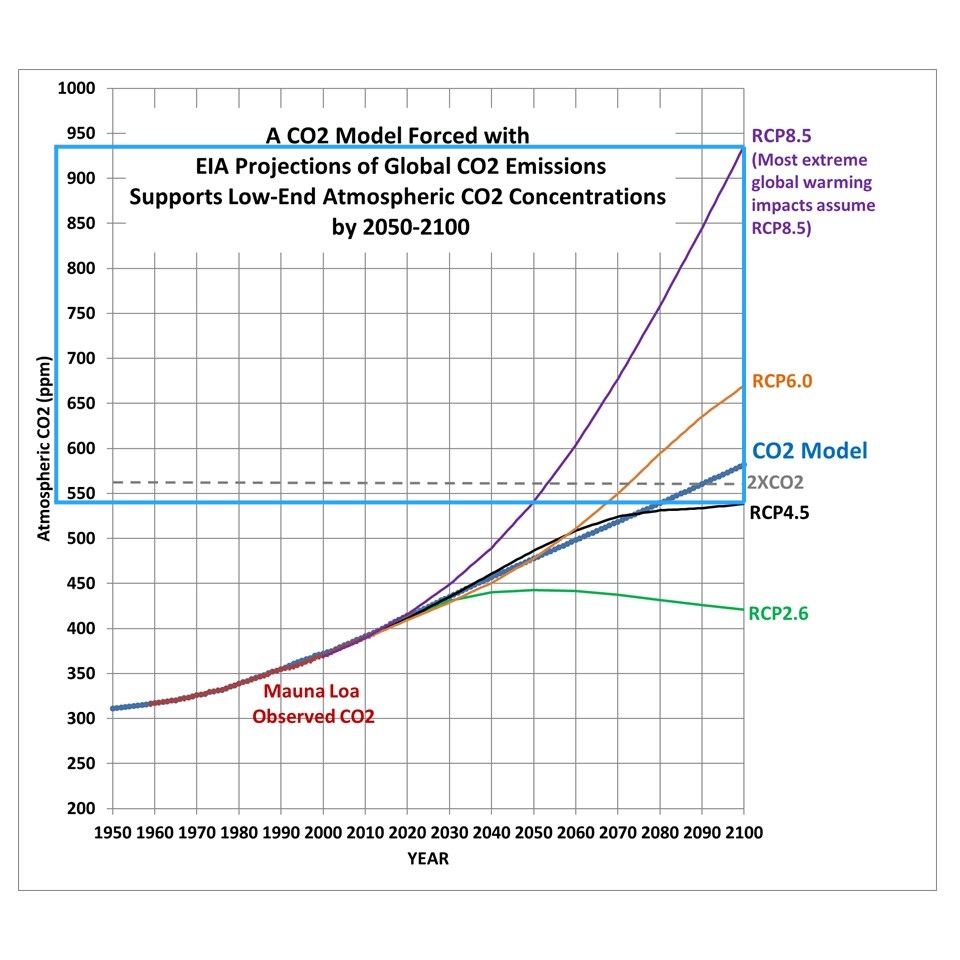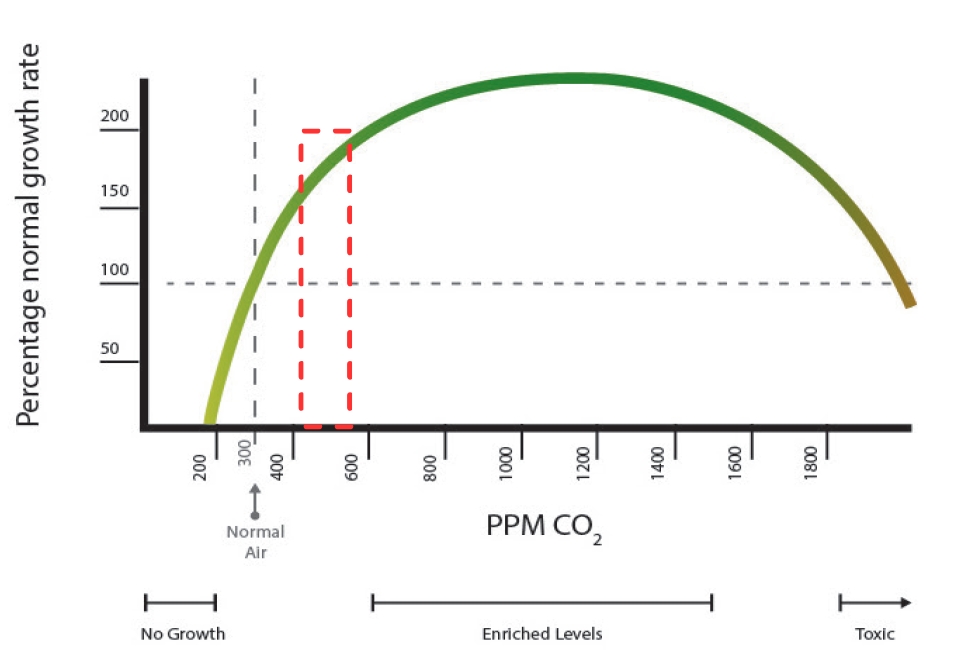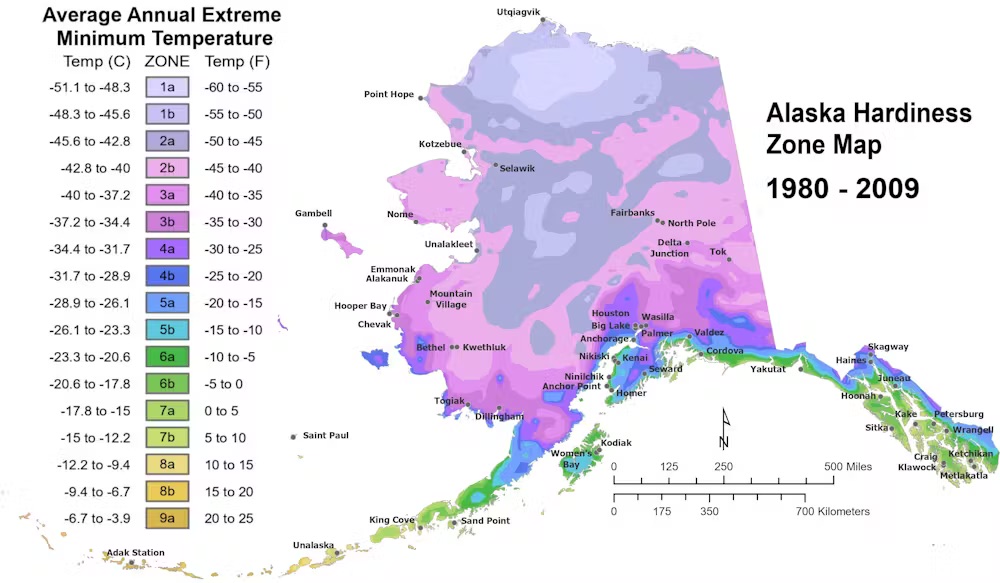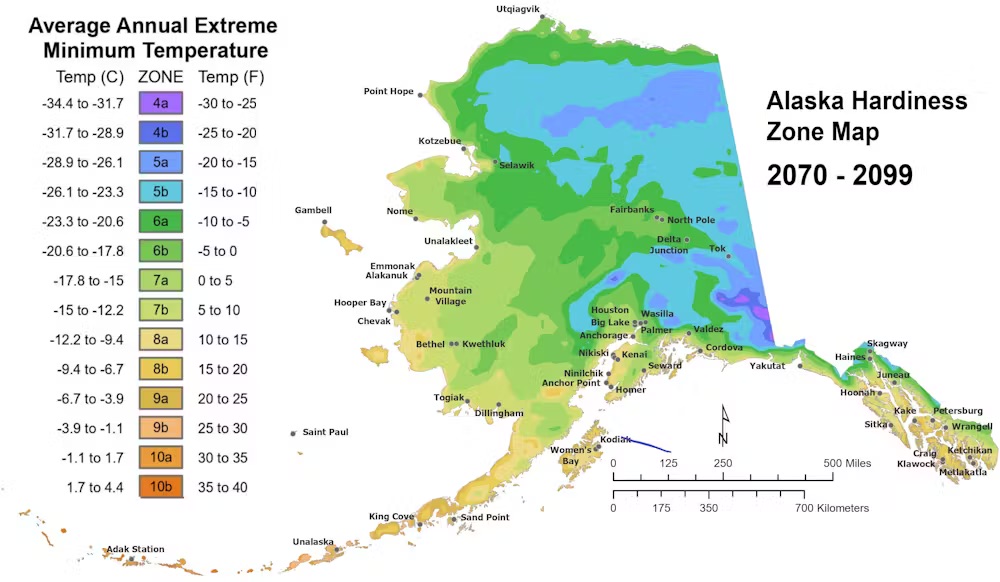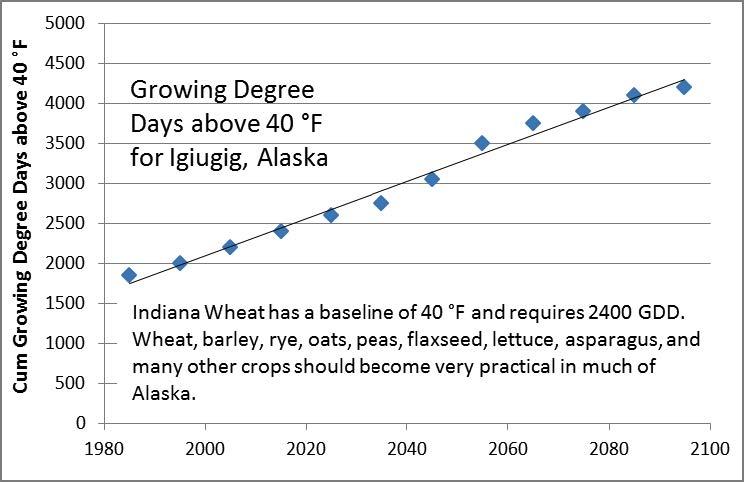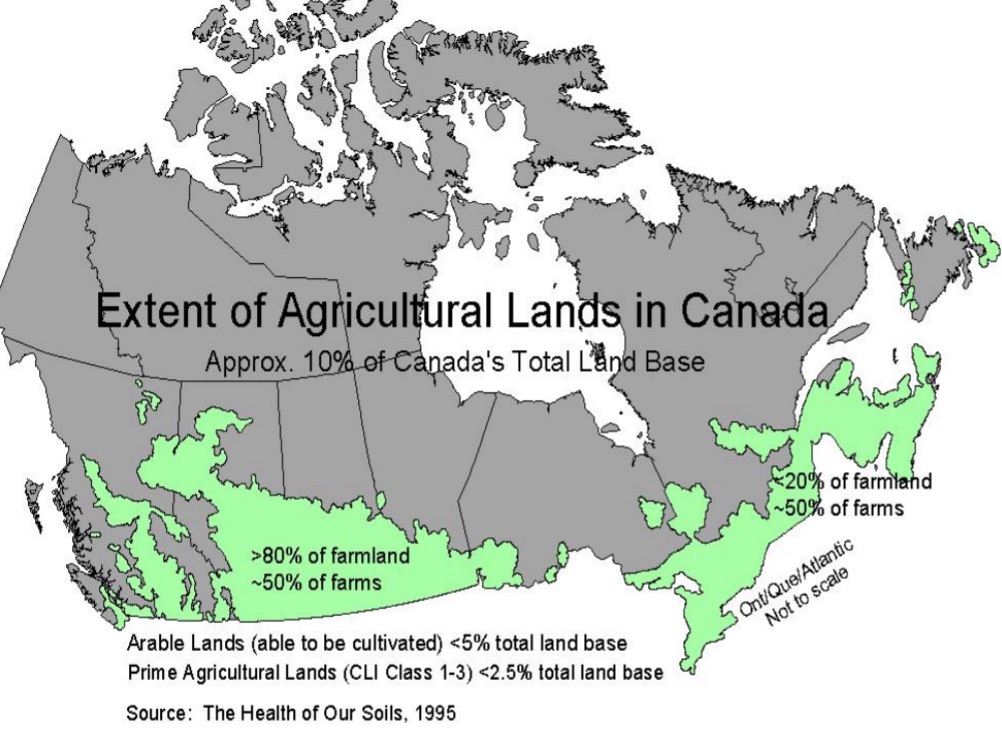A Changing Climate May Help Combat Hunger
Global Hunger Crisis
Beginning with the first chapter of the Bible (Genesis 1:28), God instructs human beings to take care of other people and be wise stewards of our world. Part of that mandate involves providing good answers to the issues and problems people face. One billion people in industrialized countries care greatly about carbon dioxide (CO2) emissions and climate change. Three billion people, mostly in China and India, are focused on escaping poverty and achieving human flourishing at Western levels. Four billion people in the rest of the world are simply trying to survive.
Feeding 8 billion people on planet Earth is a real crisis. In 2023, over 200 nongovernmental organizations warned that one person is dying of hunger every four seconds. They stated that “A staggering 345 million people are now experiencing acute hunger, a number that has more than doubled since 2019.”1 In light of this calamity, and in view of the concern over CO2 levels, how can fellow human beings help? In this article, I suggest that human beings possess the knowledge and resources to alleviate hunger in spite of moderately rising CO2 levels.
Assessing CO2 Levels
CO2 is plant food and rising CO2 levels will help feed the world. But CO2 is a heat-trapping gas and increasing temperatures also impact food supply. Sometimes, this impact is positive (longer growing seasons), and sometimes this impact is negative (heat stress). What is the optimum level of CO2 in Earth’s atmosphere to feed people? To answer this question, we need to discuss RCPs (Representative Concentration Pathways). An RCP is the greenhouse gas concentration trajectory adopted by the Intergovernmental Panel on Climate Change (IPCC). These are United Nations scenarios of CO2 atmospheric levels under very different assumptions. The graph below shows the four major RCP profiles. The blue box shows the difference between the RCP8.5 “reference case” (of extreme global warming) and the much more reasonable RCP4.5.2
Figure 1: CO2 levels for different RCPs and CO2 model forecast. Credit: Spencer, 2022.
RCP8.5 assumes a huge increase in CO2—from 420 ppm (parts per million) up to 950 ppm—which most climate researchers say won’t happen. One report notes that “The scenario assumes a 500% increase in the use of coal.”3 And two climate researchers add that “The world imagined in RCP8.5 is one that, in our view, becomes increasingly implausible with every passing year.”4 Unfortunately, most studies evaluating the impacts of rising CO2 (including those here) have utilized RCP8.5.5
The most realistic scenario is RCP4.5, with a CO2 increase from 420 ppm up to 540 ppm. American Enterprise Institute fellow Roger Pielke Jr. observes that “The U.N. Framework Convention on Climate Change, the Intergovernmental Panel on Climate Change, and the global CO2 scenario community are all in agreement that the world is tracking below RCP4.5.”6
In 2022, climatologist Roy Spencer developed a model to predict CO2 levels based upon Energy Information Agency forecasts of fossil fuel use. His model does an excellent job of reproducing historical CO2 data, and is in close agreement with RCP4.5. It appears that we are heading toward a year 2100 CO2 level of about 550 ppm.7
What Have Historical CO2 Levels Shown?
Roughly 70 million years ago flowering plants first dominated the land, and the CO2 level in Earth’s atmosphere was about 1,000 ppm. CO2 levels have been on a downward trend since then. About 15,000 BC, the CO2 levels (recorded in ice cores) reached a low of 180 ppm. Food crops die at 150 ppm. Researchers documented the impacts of these super-low CO2 levels on beautifully preserved juniper trees. They found that “Modern plants with the C3 photosynthetic pathway exhibit major reductions in photosynthesis [by 50–75%] and growth [by 52–92%] at glacial versus modern CO2, and may fail to reproduce as a result of carbon limitations. These stress responses are due to limiting CO2 availability.”8 In other words, we were only 30 ppm away from the greatest mass extinction event in the history of the earth!
Increased CO2 and Plant Growth
Plant growth is sensitive to CO2 levels. The red box shows the increased plant growth rate as CO2 increases from the 2023 level of 420 ppm up to the 550 ppm projected for the year 2100.
Figure 2: Impact of CO2 level on plant growth rate. Credit: Poudel and Dunn, 2023.
The increased growth rate, combined with the increased length of the growing season, will determine what crops can be grown at a given location. More importantly, crop yield (food) is also much higher at higher CO2 levels. However, the benefits are reduced at CO2 levels of over 1,000 ppm and CO2 becomes toxic at levels over 1,500 ppm. A pair of researchers notes that “Plants with a C3 photosynthetic pathway [the majority of plants on Earth] are more responsive to higher CO2 concentration than plants having a C4 pathway [plants like sugarcane, maize, and sorghum]. An increase in ambient CO2 to 800–1,000 ppm can increase yield of C3 plants up to 40%–100% and C4 plants by 10%–25% while keeping other inputs at an optimum level.”9
Increased CO2 levels cause increased temperatures, which may have negative effects (heat stress and reduced precipitation). A 2015 study simulated crop yields in Germany between the years 2000 and 2100. These simulations (for 10 different crops) included these negative effects. Yet, the study found that increased CO2 still increased crop yields from 25 to 60%, with an average increase of 45%.10 (See my video “Human Flourishing: Energy, CO2, and Food” for more details.)
Increasing Crop Yields in Cold Regions
Similar studies have shown that the plusses more or less balance the minuses for the 48 contiguous states. Crop yields in the year 2100 will be relatively unchanged by rising CO2 levels. However, there will likely be huge increases in available farmland as the CO2 levels increase. CO2 increases all temperatures, but it is much more effective at increasing cold temperatures. Winter temperatures increase about twice as fast as summer temperatures. According to the EPA, “Globally, the fastest warming occurs in colder regions, during colder seasons and colder times of the day. The trend has become clear: the last frost of the cold season is getting earlier and the first frost in fall is getting later. Overall, the growing season in the U.S. has increased by nearly three weeks since the early 1900s.”11
The maps below show the climate hardiness zones in my home state of Alaska. Alaska grows only 5% of the food crops that Alaskans consume. Severe winters kill most tree species. We can’t grow apple trees in my hometown. A University of Alaska agricultural researcher’s observation is revealing: “Dramatic shifts in these maps provide a snapshot of just how profound climate change is in the far north. Historically, my Fairbanks home is in Zone 1 or 2. By the end of the century, it is projected to be in Zone 6—the current zone in such places as Kansas and Kentucky. With cool summers, short growing seasons and frigid winters, farming in Alaska has long been limited by the state’s cold climate. Agriculture is a tiny industry. Recent data from the U.S. Department of Agriculture tallies a mere 541 acres of potatoes, 1,018 acres of vegetables and 22 acres of orchards in our 393 million-acre state.”12
Figure 3: Map of climate hardiness zones in the state of Alaska. Credit: Fresco, 2023.
Another critical factor is the length and warmth of the growing season. The number of “growing degree days” (GDD) is critical. The same researcher states, “In the past, I would have been able to expect only about 850 growing degree days above a 50 degrees Fahrenheit threshold here in Fairbanks over the course of a typical summer, nowhere near the roughly 1,500 that corn would require to produce mature ears. But by the year 2100, my grandchildren might anticipate 2,700 growing degree days each year above a 50 degrees Fahrenheit threshold—more than enough to harvest sorghum, soybeans, cucumbers, sweet corn and tomatoes.”13
The graph below shows 40 years of GDD history and 80 years of GDD forecast for the village of Igiugig (on the Alaska Peninsula 245 miles southwest of Anchorage). GDD is shifting rapidly and dramatically statewide, with values projected to double or even triple by the end of the century.
Figure 4: Growing degree days forecast for Igiugig, Alaska. Credit: Adapted from Fresco, 2021.
Huge increases in arable farmland are also anticipated in Northern Europe, China, Mongolia, Russia, and Canada. The map of Canada below shows that current Canadian farmland is located only in the southern part of the country.14 Just as large areas in Alaska will become prime farmland, an even larger increase in prime farmland will occur in Canada.
Figure 5: Map of Canadian farmland. Credit: David Moe.
Our Creation Mandate
As stewards and caretakers of the earth, it’s our duty to tend to our planet and to the people around us. Currently, we know that one person dies of starvation every 4 seconds. And we just might have a solution to this tragedy! Increasing CO2 from the current 420 ppm to ~550 ppm could significantly increase food production and save many lives. Though various parties have suggested a strategy of “attacks on climate change,” the data seems to reveal that we can both help the suffering and steward the earth.
Resources
- “Greenhouse Carbon Dioxide Supplementation—Oklahoma State University”
- “Emissions—the ‘Business as Usual’ Story Is Misleading”
- “Climate Change: Worst Emissions Scenario ‘Exceedingly Unlikely’”
- “Climate Change, Farming, and Gardening in Alaska: Cultivating Opportunities”
Endnotes
- “Hunger Now Killing One Person Every Four Seconds, NGOs Say,” Al Jazeera, September 20, 2022.
- Roy W. Spencer, “Updated Atmospheric CO2 Concentration Forecast through 2050 and Beyond,” Global Warming (blog), July 18, 2022.
- Matt McGrath, “Climate Change: Worst Emissions Scenario ‘Exceedingly Unlikely’,” BBC, January 29, 2020.
- Zeke Hausfather and Glen P. Peters, “Emissions—the ‘Business as Usual’ Story Is Misleading,” Nature 577 (January 29, 2020): 618–620, doi:10.1038/d41586-020-00177-3.
- Roger Pielke and Justin Ritchie, “Systemic Misuse of Scenarios in Climate Research and Assessment” SSRN (May 18, 2020), doi:10.2139/ssrn.3581777.
- Roger Pielke Jr, “Thou Shalt Use RCP8.5,” The Honest Broker (blog), October 9, 2023.
- Spencer, “Updated Atmospheric CO2.”
- Joy K. Ward et al., “Carbon Starvation in Glacial Trees Recovered from the La Brea Tar Pits, Southern California,” PNAS 102, no. 3 (January 10, 2005): 690–694, doi:10.1073/pnas.0408315102.
- Megha Poudel and Bruce Dunn, “Greenhouse Carbon Dioxide Supplementation,” Oklahoma State University Extension, September 2023, Id: HLA-6723.
- Jan F. Degener, “Atmospheric CO2 Fertilization Effects on Biomass Yields of 10 Crops in Northern Germany,” Frontiers of Environmental Science 3 (July 21, 2015), doi:10.3389/fenvs.2015.00048.
- Kenton Gewecke, “Why Winter Is Getting Warmer and What It Means for the Future,” ABC News, March 13, 2023.
- Nancy Fresco, “Climate Change Could Enable Alaska to Grow More of Its Own Food—Now Is the Time to Plan for It,” The Conversation, November 14, 2023.
- Fresco, “Climate Change Could Enable Alaska to Grow More of Its Own Food—Now Is the Time to Plan for It.”
- David Moe, “Why Is So Much Land in Canada Uninhabited?” Quora, accessed March 18, 2024.




